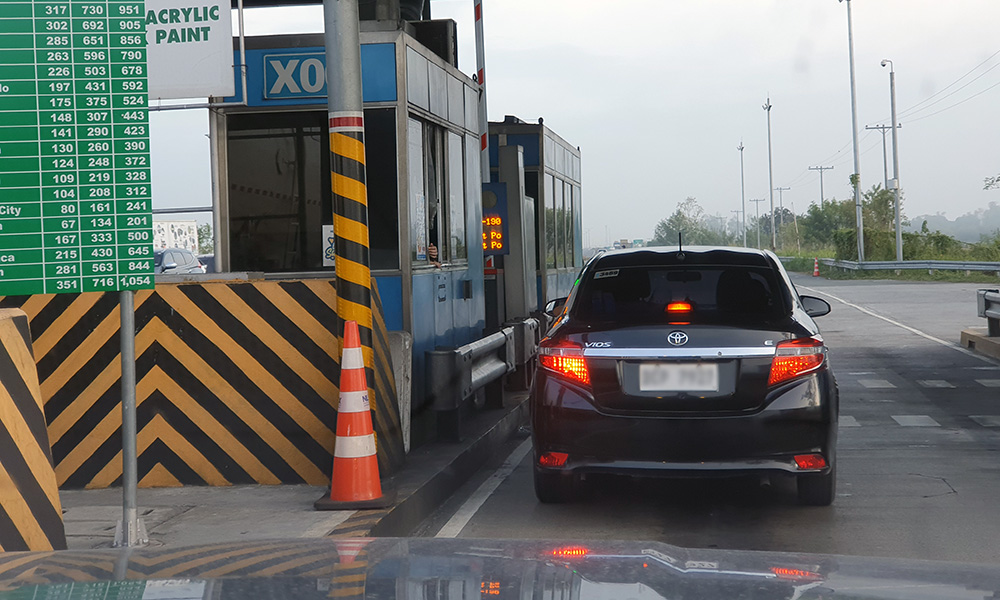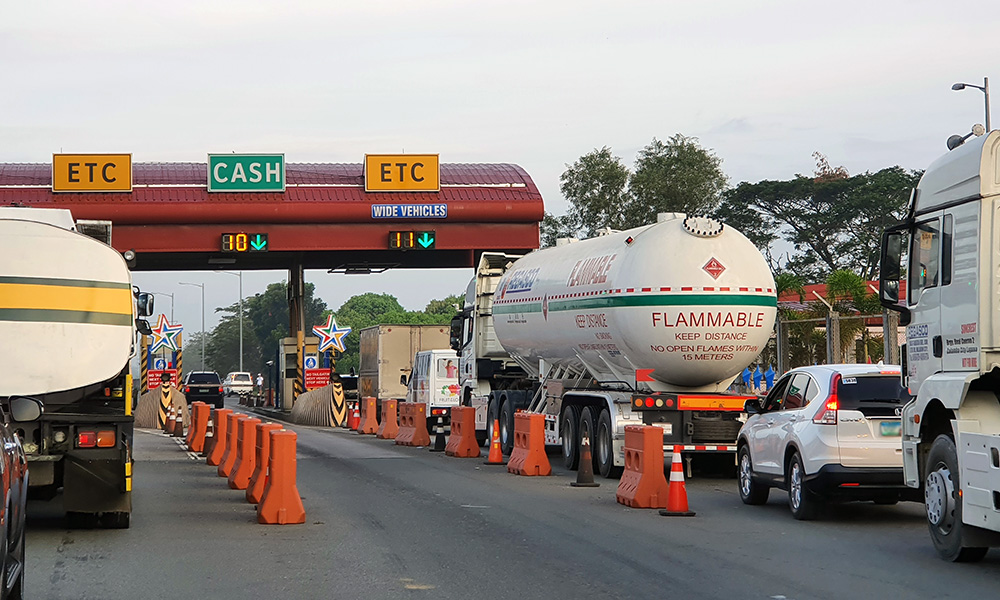
If you had not been living under a rock in recent months, you surely knew that December 1 was a significant date for motorists in the Philippines. That’s because it was the day that marked the mandatory transition of expressway operators to a completely cashless system. But as many people know by now, that transition is anything but smooth and seamless. And I have been one of the many unfortunate victims of this hastily implemented scheme.

Now, I’m no stranger to RFIDs. I’m an Electronics Engineering graduate, so radio frequencies were stuff I encountered on a daily basis in school. In addition, I live in Quezon City and my significant other resides in Parañaque, so I’m actually a frequent expressway user. In fact, she introduced me to an early version of what we now know as the Autosweep system for use on SLEX. An ugly plastic transmitter was the predecessor to today’s considerably less bulky stickers.
I’ve adopted contactless toll collection for both Autosweep and Easytrip since they became available. In fact, talks of interoperability between the two systems are nothing new. However, such discussions were never pursued in the same urgency as they are now. Before COVID-19, the toll-collection system had worked well with most lanes accepting cash payments and only a handful of contactless gates. It actually felt great having an RFID sticker since I could overtake everyone lining up to pay in cash.

But over the years, the performance of the tollbooth scanners have not improved so much. While Autosweep hasn’t given me too much grief in terms of my customer experience, it’s Easytrip that has consistently been troublesome. The gates would not usually open right away, even when I’ve inched my car as close as possible to the barriers. I’ve also seen instances when even the attendant’s handheld scanner fails to detect the RFID sticker, during which I have to hand over my card in order to pass through.

But now, the tables have turned. With expressway access limited to vehicles with RFID stickers, operators are scrambling like hell to get the contactless system working flawlessly. And what was supposed to have been a smooth change turned into chaos that I would unfortunately experience during one of my routine milk runs to La Union.
Traffic was already backed up quite badly when I lined up at the Mindanao Avenue toll plaza to enter NLEX at 5am. It took me 15 minutes to get to a tollbooth. It was very much the same story at the SCTEX exit point in Tarlac where a long line of cars slowly crawled through the northbound gates at what was supposed to be off-peak hours. On the drive back home, the same massive queue of vehicles greeted me. Worth noting was SCTEX southbound where I inched slowly toward the barrier for an agonizing 20 minutes.


And this brings me to the effort (or lack thereof) that the authorities and the expressway operators have exerted in order to make our toll roads truly ready for a contactless system. In the Philippines, there is widespread distrust for any electronic means of storing money due to online fraud, so most people are naturally apprehensive about trusting something that’s cashless like Autosweep and Easytrip.
This is made worse by the fact that both tollbooth operators (San Miguel Corporation and Metro Pacific Tollways Corporation) have never really improved their systems so that the advantages of going cashless are evident. For example, Easytrip lanes have been so sluggish and unreliable in scanning RFID stickers that it would simply be so much easier to just pay the toll fee in cash. In fact, there have been times when the guy paying in cash ends up passing through the tollbooth first because I’m stuck at the RFID lane waiting for the barrier to pop open.
And speaking of slow, don’t even get me started about the long lines that crowd RFID installation sites—another reason why drivers have been generally uneasy about getting their stickers. The demand is something I expected tollway operators to anticipate given that the transition to cashless is now a matter of necessity.

Before COVID-19 happened, there had been more than enough time to weed out the kinks associated with adopting RFID technology for toll-road access. And now, a virus has brought some of the country’s most modern expressways to their knees. The absence of an effective campaign to fix the flaws that have plagued contactless toll collection before is now becoming the burden of motorists who need to use the tollways.











Comments